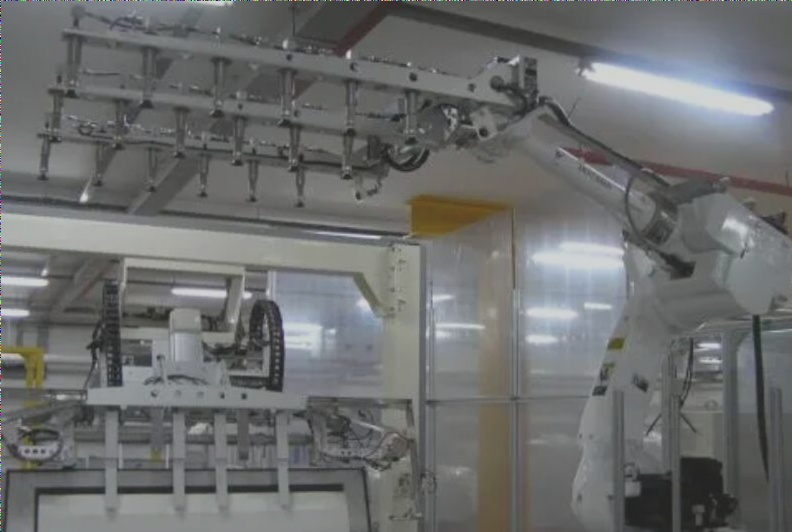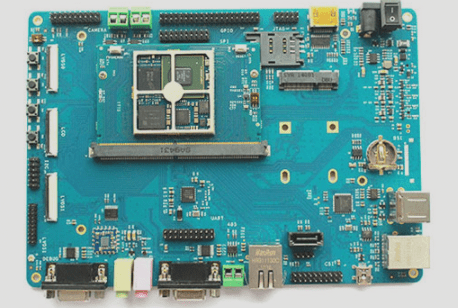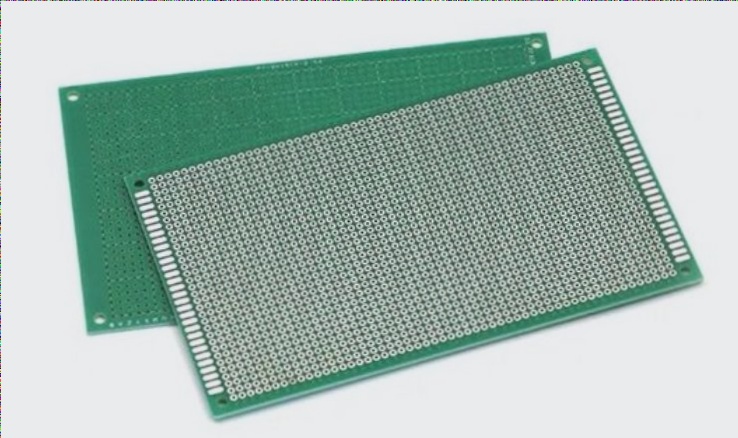Abrasives
Abrasives play a crucial role in grinding and polishing the copper surface of PCBs before cleaning. Common abrasive materials include polymer nonwoven embedded with diamond dust and pumice slurry. However, these materials may leave residue on the copper surface, affecting adhesion and soldering.
Air Knife
High-temperature, high-pressure air knives are often used to quickly dry the PCB surface, reducing oxidation risk and facilitating handling during various manufacturing processes.
Anti-Foaming Agent
When flushing PCBs during manufacturing, foaming can be a challenge. Chemicals like Octyl Alcohol or Silicone are added to reduce surface tension and minimize foam generation, ensuring smooth operations.
Bondability
Bondability refers to the required surface cleanliness for optimal bonding strength between surfaces in PCB fabrication.
Banking Agent
Organic additives in etching solutions help protect fine-line edges, reducing undercutting during the etching process and enhancing precision in PCB manufacturing.
Bright-Dip
The bright-dip process involves lightly etching metal surfaces to achieve a smoother appearance, enhancing the overall look of the PCB.

Chemical Milling
Chemical milling is a technology that uses wet fluids to process metal materials, offering precise control over corrosion levels and surface coarsening, reducing residual stress in the final product.
Coat, Coating
The coating on a PCB refers to the outer processing layer, providing protection and surface treatment for the board.
Conversion Coating
Conversion coating involves immersing metal surfaces in specific baths to form protective compound layers, enhancing adhesion and corrosion resistance for subsequent treatments.
Degreasing
Degreasing in PCB manufacturing is essential for removing oil residues from mechanical processing, ensuring a clean surface for subsequent treatments.
Etch Factor
The Etch Factor measures the quality of copper etching, indicating the extent of undercutting and overall etching performance.
Etchant
Etchants are chemical fluids used to etch copper layers in PCB production, with different types suited for inner and outer layers to maintain cleanliness and enhance corrosion resistance.
Etching Indicator
Etching indicators help monitor the etching process, ensuring the right amount of etchant is used without over-etching or under-etching the copper layers.
Etching Resist
Etching resist materials are used to protect specific areas of the PCB during the etching process, ensuring precise and controlled copper removal.
Surface Treatment Processes in PCB Manufacturing
- Protective Layer: A layer applied to copper surfaces to prevent etching of specific areas covered by resistive materials.
- Hard Anodizing: Involves immersing aluminum in an anodizing solution to create a hard, crystalline alumina film, enhancing corrosion resistance.
- Hard Chrome Plating: Depositing a thick chrome layer for industrial wear-resistant applications.
- Mass Finishing: Polishing small metal products for optimal base conditions before plating.
- Microetching: Selectively etching copper surfaces to remove contaminants and improve adhesion.
- Mouse Bite: An irregular flaw along an etched line.
- Overflow: Liquid rising above groove walls in PCB wet process stations.
- Panel Process: Direct etching for outer layers in PCB subtractive processing.
- Passivation: Surface treatment for metals to enhance corrosion resistance.
- Pattern Process: Multiple plating steps to form copper layers and circuit patterns.
- Puddle Effect: Accumulation of etchant fluid hindering fresh flow during etching.
- Reverse Current Cleaning: Anodic cleaning method for metal workpieces.
- Rinsing: Thorough cleaning of PCB boards between processing stages.
- Sand Blast: Surface cleaning using high-pressure streams of particles.
- Satin Finish: Imparts a semi-glossy appearance to metal surfaces.
- Scrubber: Device for mechanical polishing and cleaning.
- Sealing: Process after aluminum anodization to enhance durability and color retention.
- Sputtering: Deposition of atoms onto a substrate for thin coating formation.
- Stripper: Chemical agent to remove coatings from surfaces.
- Surface Tension: Property affecting wetting and adhesion of liquids on surfaces.
These surface treatment processes play vital roles in ensuring the quality, functionality, and longevity of printed circuit boards (PCBs) used in various electronic devices.
Surface Tension in PCB Wet Processes
Surface tension is the cohesive force at the surface of a liquid that prevents its diffusion on contact with a solid surface. In PCB manufacturing, reducing surface tension is crucial in cleaning fluids before wet processes to ensure effective wetting of board and hole walls.
Surfactant
Surfactants are chemicals added to wetting process fluids to reduce surface tension and assist in wetting pore walls and other surfaces.
Ultrasonic Cleaning
Ultrasonic cleaning is a method that uses ultrasonic energy to generate cavitation in a cleaning fluid, producing microscopic bubbles that agitate and clean surfaces effectively.
Undercut
In PCB etching, undercut refers to the unintended side etching of copper conductors beneath protective layers, causing them to widen irregularly. It is a common defect in the PCB manufacturing process.
Water Break
Water break is a method used to assess surface cleanliness in PCBs. A clean surface retains a uniform water film without breaking, indicating good adhesion.
Wet Blasting
Wet blasting is a physical cleaning method that uses high-pressure gases to propel wet abrasive particles onto metal surfaces, effectively removing dirt. This technique is similar to the wet pumice method used in PCB processes.
Wet Process
Wet processes in PCB manufacturing involve water immersion, such as copper plating and imaging, collectively referred to as wet processes.



